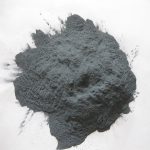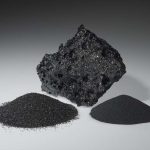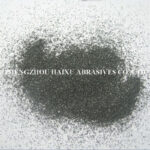
Application method of boron carbide in iron trough castable
Application method of boron carbide in iron trough castable During the communication with refractory customers, I learned that some customers would ask that boron carbide does not play a big role in iron trough castables. What is the reason? The reason is very simple. It may be because they use the no-baking type. The no-baking


